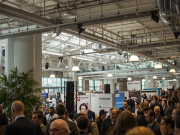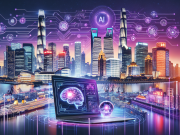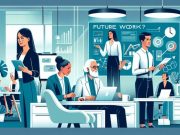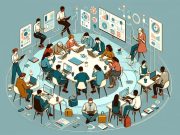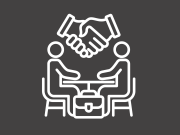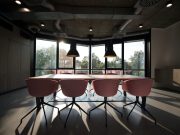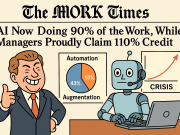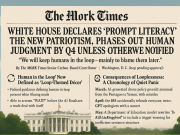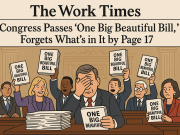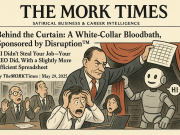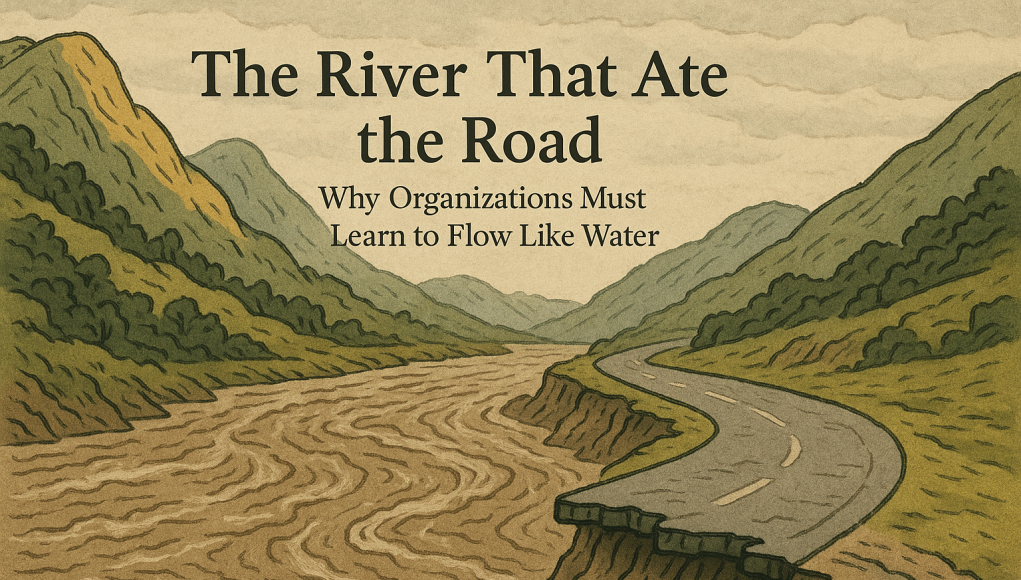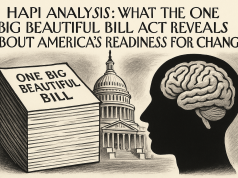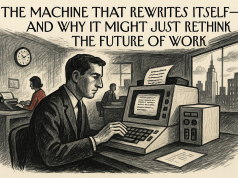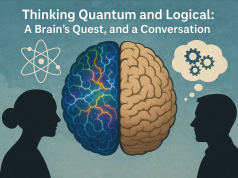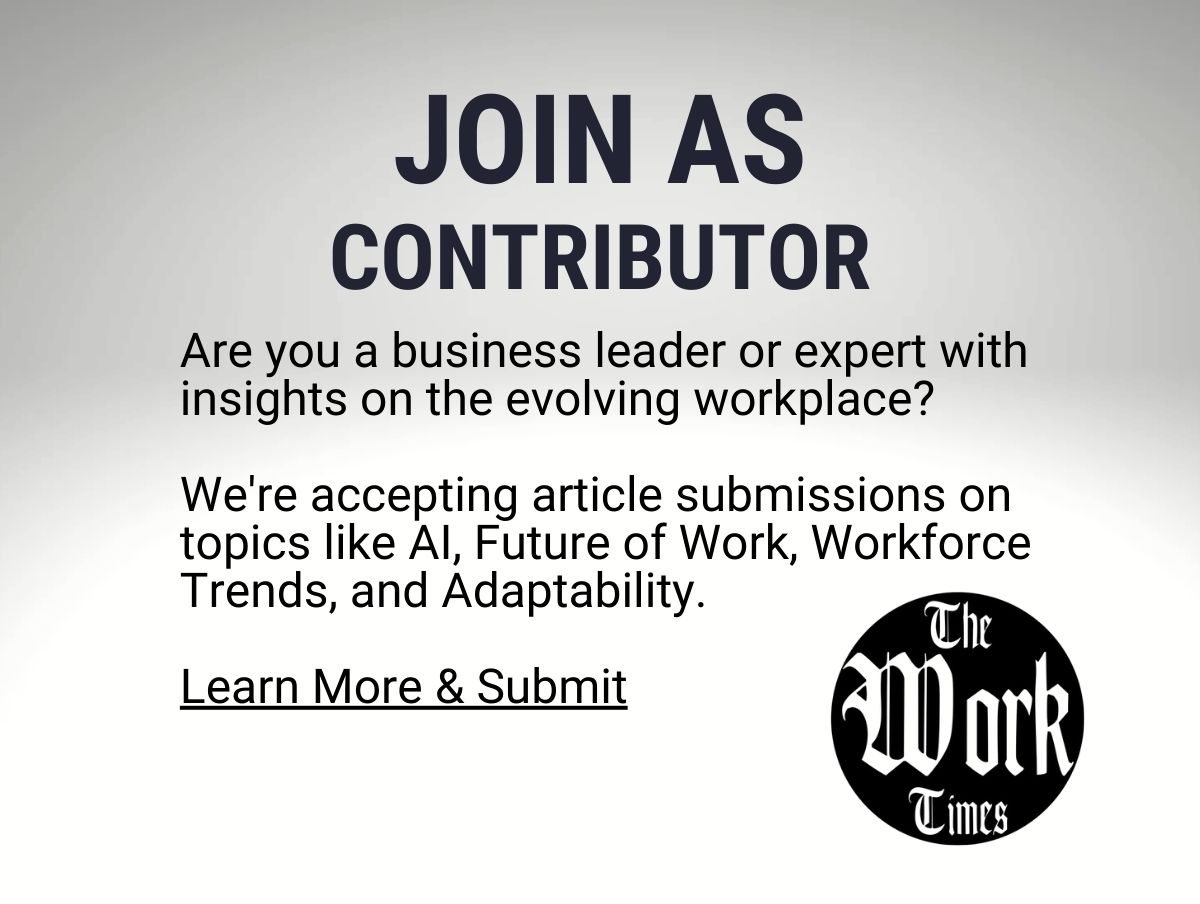The villagers in the Himalayan foothills speak of rivers as if they are ancient, unpredictable gods. They give them names, personalities, and, above all, respect. Every monsoon, these rivers devour fields, shift courses, and obliterate roads. To an outsider, this might appear as random chaos. But to those who live by these rivers, the message is clear: only fools build roads as if the river will honor them.
I first encountered this philosophy when a landslide blocked the mountain road I was traveling on. The driver, unfazed, simply said, “The river always wins.” He pointed to a faded stretch of asphalt now dangling like a forgotten scarf over the cliffside. That road, he explained, had been rebuilt five times in ten years. The engineers always returned with blueprints and measurements, convinced they could outsmart the river. The river, indifferent, changed course.
It was there, somewhere between the fading smell of diesel and the distant thunder of glacial melt, that I realized modern organizations suffer from the same delusion as those engineers: the belief in stationarity—the comforting, if fictional, assumption that the world will behave tomorrow the same way it behaved yesterday.
But rivers, markets, people—none of them care about your spreadsheets.
The Delusion of Control
In the corporate conference rooms of the world, there exists a religion of control. Gantt charts, strategic roadmaps, OKRs, KPIs—acronyms and diagrams meant to provide the illusion that the future can be scheduled, that uncertainty can be eliminated through sheer willpower and cleverness.
And to be fair, it’s an attractive illusion. It allows leaders to speak in confident tones about “five-year plans” and “target milestones,” to produce thick reports adorned with hockey-stick growth curves.
But it is, to borrow from the Roman philosopher Seneca, “like trying to steer a boat in a storm by staring at the stars painted on the ceiling.”
Markets shift. Customers mutate. Technologies emerge overnight and render entire industries archaic. In other words, the corporate landscape is not stationary; it is non-stationary—its rules, players, and conditions in constant flux.
Yet, too many organizations cling to stationarity like a security blanket, unwilling to accept that their maps might no longer match the terrain.
The Roman Empire’s Blindspot
History is a graveyard of entities that failed to respect non-stationarity.
The Roman Empire, with its vast network of roads, aqueducts, and bureaucratic hierarchies, operated under the belief that its systems were eternal. Roman generals drew straight lines on parchment, believing the world would bend to their grids. But as trade routes shifted, as new enemies with unfamiliar tactics emerged, the empire found itself unable to adapt. Its strength became its rigidity. It collapsed not because it was weak, but because it refused to flow.
Kodak, too, clung to film when the world went digital. Nokia, once the king of mobile phones, mocked the smartphone revolution until it was too late. These weren’t failures of intelligence—they were failures of adaptability.
And yet, some organizations—Amazon, Netflix, even Starbucks—have thrived because they see objectives not as fixed monuments but as experiments in perpetual beta.
KPX: The Art of Perpetual Experimentation
At TAO.ai, we propose a sacrilegious thought: Organizations should abandon KPIs (Key Performance Indicators) and embrace KPX—Key Performance Experiments.
This subtle but profound shift reframes objectives from rigid targets to hypotheses to be tested, challenged, and, if necessary, discarded.
Instead of asking, “Are we meeting our quarterly sales target?”, ask “What assumptions about our customers are still valid? What if they’re not?”
By turning objectives into experiments, organizations become more like scientists and less like bureaucrats. They stop fearing change and start playing with it.
Because, as the late statistician George Box wisely said, “All models are wrong, but some are useful.”
Worker1: The Human Catalyst of Organizational Evolution
But it’s not just strategies that must evolve—it’s people.
At the heart of every adaptive organization is what we call Worker1—a worker who is not merely a task executor, but a compassionate, curious, and community-minded agent of change.
Worker1s are modern-day river guides. They don’t memorize scripts; they read the water. They thrive in ambiguity. They don’t wait for a memo to tell them the world has changed—they sense it, often before the data does.
Worker1s are the antidote to organizational atrophy. They challenge assumptions. They test new ideas. They build communities of practice where learning, not performance, is the primary currency.
Because in a non-stationary world, those who learn fastest win.
Designing Organizations for Flow
So how do you build an organization that flows like the river?
- Kill the Org Chart (or at least soften its edges): Replace rigid hierarchies with porous networks of autonomous teams empowered to pivot and experiment.
- Build Feedback Loops into the DNA: Customer feedback, employee feedback, ecosystem feedback—treat them not as annual surveys but as continuous, living conversations.
- Invest in Learning Velocity: Promote curiosity over compliance. Reward exploration, even when it leads to dead ends.
- Embrace Community Capital: Build not just shareholder value, but ecosystem value. Because resilient communities buffer organizations against external shocks.
- Celebrate the River: Stop pretending the world is a pond. Teach teams to surf the rapids, to dance with the currents, to laugh when the map no longer makes sense.
The Beauty of Non-Stationarity
Back on that Himalayan road, as the driver found an improvised path through a dried riverbed, I realized something else about rivers: they’re not just chaotic—they’re beautiful.
Their meandering paths create fertile deltas, sustain life, shape civilizations. Their unpredictability is not a bug—it’s a feature.
Perhaps it’s time organizations embraced this beauty.
Instead of fearing non-stationarity, they should revel in it. Because the future doesn’t belong to those who cling to old maps—it belongs to those who can read the shifting currents and have the humility to say, “Let’s see where the river wants to take us today.”

